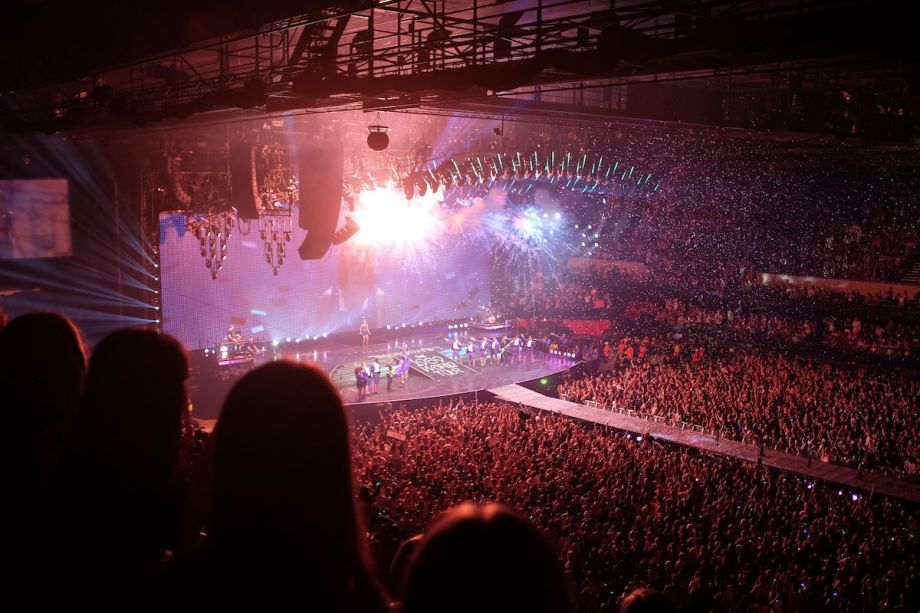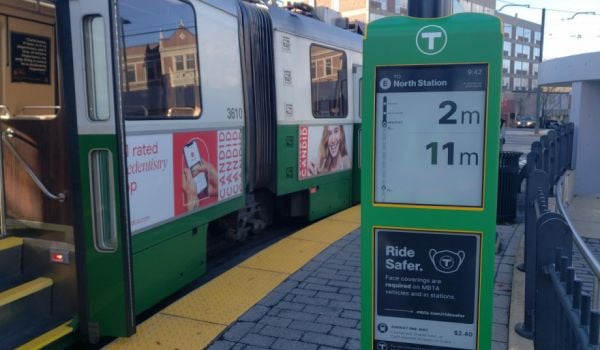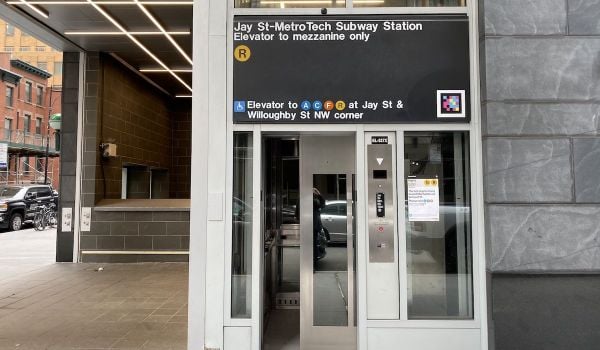Taylor Swift’s Eras Tour has re-invigorated the live concerts scene across the country, attracting thousands of fans despite sky-high ticket prices (thank you to Ticketmaster and the members of the U.S. Senate Judiciary Committee for the sideshow). And how did the nation’s Swifties get to these concerts? As a recent Crain’s article explains, transit.
Fans took buses and trains to see superstar Swift, adding 43,000 bus and rail rides in Chicago and tripling the number of weekend riders in Atlanta. Her Philadelphia concerts in mid-May brought an estimated 27,000 additional riders to SEPTA’s (Southeastern Pennsylvania Transportation Authority) subway line next to Lincoln Financial field.
Could Taylor Swift’s mega-stardom help beleaguered transit agencies where ridership and operating revenues remain depressed post-COVID? How many Taylor Swift concerts would be needed to bring SEPTA’s subway ridership back to pre-COVID levels?
Sadly, way too many: SEPTA’s January 2020 subway trips were 7.8 million, but March 2023 rides were only 3.6 million — a gap of over 4 million rides per month. Taylor Swift would have to give over 465 concerts (each adding about 9,000 riders) to close the gap. Not likely! And while some young Swifties may become new transit users based on their experiences, transit agencies like SEPTA and Regional Transportation Authority (RTA) here in Chicago face nearly immediate fiscal threats. With RTA forecasting an annual operating budget gap of $730 million annually once federal money runs out, Chicago cannot afford to wait.
So how are SEPTA and other transit agencies addressing their “fiscal cliffs?” To answer that question, University of Chicago Harris School of Public Policy students analyzed and compared operating funding levels and options for the RTA and four selected peer agencies: Metropolitan Transportation Authority (MTA), SEPTA, Los Angeles County Metropolitan Transportation Authority (LACMTA) and Dallas Area Rapid Transit (DART). The students presented their findings to RTA staff earlier this spring, and their work promises to inform next steps and priorities of local transit officials.
Planning for the future
The COVID-driven collapse and incomplete recovery in transit ridership has been amply documented and discussed elsewhere. Nationwide, transit ridership remains below 70% of pre-pandemic levels, with buses doing better than heavy and light rail, which in turn have recovered more fully than commuter rail. For transit systems heavily reliant on passenger fares, sluggish ridership has created significant financial stress on operating budgets — stress temporarily alleviated by the receipt of substantial federal support.
In our own region, fares and other system revenues accounted for 39.7% of RTA’s operating revenues in 2019, with federal aid comprising less than 1% of operating revenues. By 2021, federal support accounted for a whopping 20.9% of operating revenues, with fares and other system revenues bringing in only 16.1% of operating revenues. Nationwide, COVID-era federal operating support for transit approached $70 billion, but as those dollars are spent, transit agencies face unprecedented fiscal challenges.
By exploring how selected peer transit systems fund their operations, students identified key themes that local transit officials should consider as they plan for the future — and which point towards possible solutions to these challenges.
-
Local farebox recovery ratio requirements are stringent: RTA’s farebox recovery requirement, among the toughest in the country, was initially relaxed in the early stages of the pandemic, and lawmakers recently extended that waiver through 2025. Among the selected peer systems studied here, only New York’s MTA consistently relies as heavily on system-generated revenues as does the RTA, though SEPTA approached RTA levels of farebox recovery in the pre-COVID era.
-
Many systems rely heavily on sales taxes: Our local transit system relies heavily on sales taxation: 43.2% of budgeted operating revenues will come from local sales taxes, with RTA essentially collecting at a rate of 1.25% in Cook County and 0.50% in DuPage, Kate, Lake, McHenry and Will Counties. Other systems, too, rely heavily on local or regional sales taxes. LACMTA, for example, collects a combined 2.0% of county sales, with 0.5% coming from each of four separate laws: Proposition A, Proposition C, Measure R and Measure M — the last of which was enacted as recently as 2017. Another example comes from Dallas, where DART’s sales and use tax revenues covered 75.8% of operating expenses in 2019 and an astonishing 95.1% in 2022.
-
Road users support transit in some areas: Some systems rely on revenues from road users to support transit operations. For instance, SEPTA’s support from the state of Pennsylvania primarily comes via the state’s Public Transportation Trust Fund, which in turn is funded in part by Pennsylvania Turnpike revenues, sales tax revenues and other selected motor vehicle-related revenues. Similarly, LACMTA relies on revenue generated from ExpressLane tolls, budgeting for $66.9 million in FY 2023. Road congestion charges are also on the way in New York, though at present the revenues will be directed towards capital projects.
What’s next
As federal support wanes, transit systems are running out of operating funds as post-COVID ridership and farebox revenues remain sluggish. Fare hikes and service cuts may not suffice to plug the RTA’s forecast budget gap, and even Taylor Swift-fueled ridership bumps will fall far short of those needed to fill the gap. What might our local policymakers do?
-
Increase the size of the sales tax base by including services. As has been documented elsewhere, Illinois taxes a below-average share of services, putting upward pressure on sales tax rates—which are already very high in the Chicago area.
-
Allow for more experimentation in routes, schedules and fare structures. Ridership patterns are changing, and transit agencies need to adapt. Metra’s proposed new fare structure and Pace’s expansion of on-demand mobility service are but two examples of the changes needed.
-
Explore ways for road users to support transit. Other systems have moved more forcefully in this direction than we have in the Chicago region, both in terms of operating and capital budgets. A key challenge is communicating the “value proposition” to road users: funding transit can contribute to increased economic growth and opportunity in the region, not to mention decreased road congestion.
Soon, all local eyes will be on the Chicago Metropolitan Agency for Planning’s Plan of Action for Regional Transit, due by the end of the year. CMAP will present Illinois lawmakers with analysis and recommendations on how to best support our region’s public transportation system even after Taylor Swift’s concert tour ends. But with a dash of creativity and a ‘Love Story’-esque mix recipe, we can unlock the funds and ‘Shake It Off’ to boost ridership and funding in the long run, just like Swift’s chart-topping hits.
This op-ed is based on work prepared by Aneesha Jhingan, Lais Kimie Oshiro Caldeira, Liana Lan and Ruth Ostrreicher, students in the University of Chicago’s Harris Policy Labs program, with advising provided by Paula Worthington and Terri Brady.
Terri A. Brady, Lais K.O. Caldeira and Paula R. Worthington












